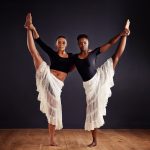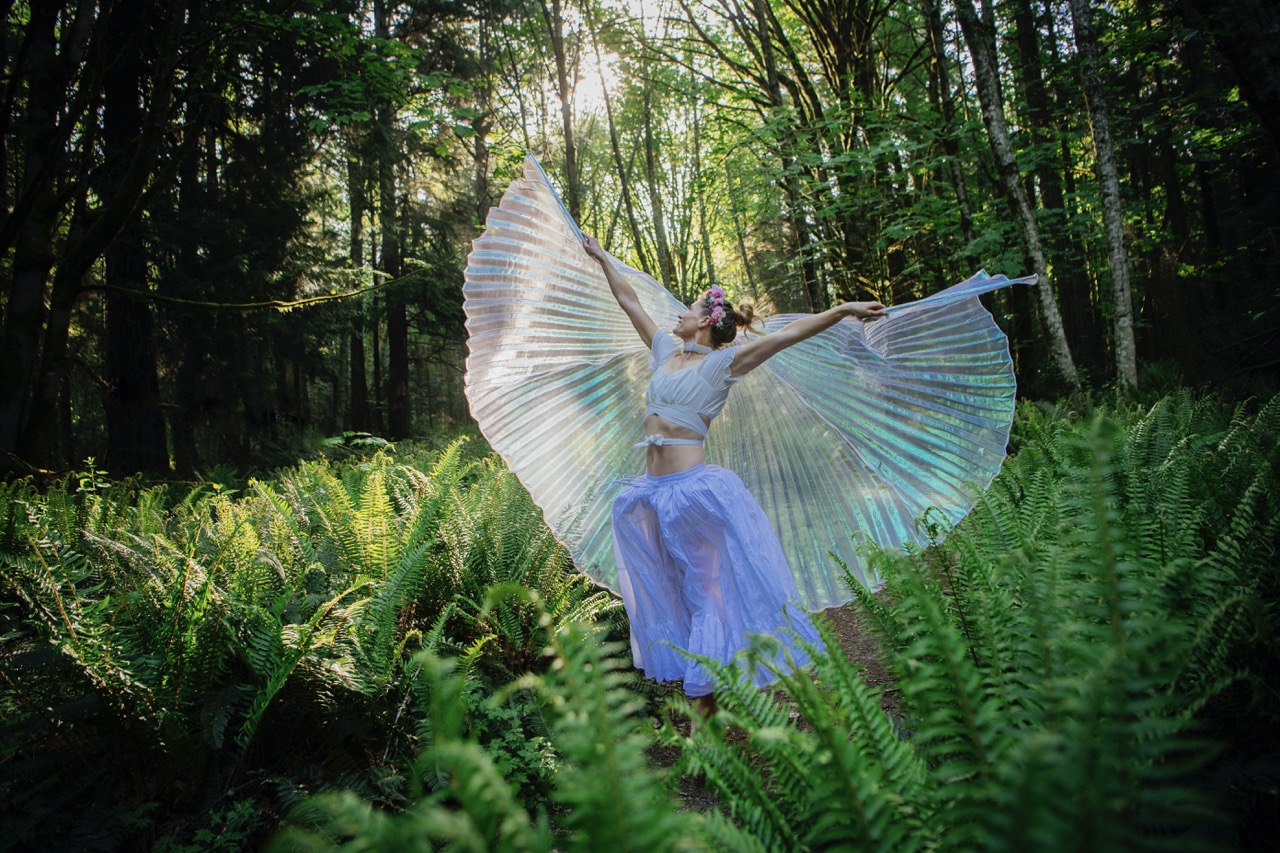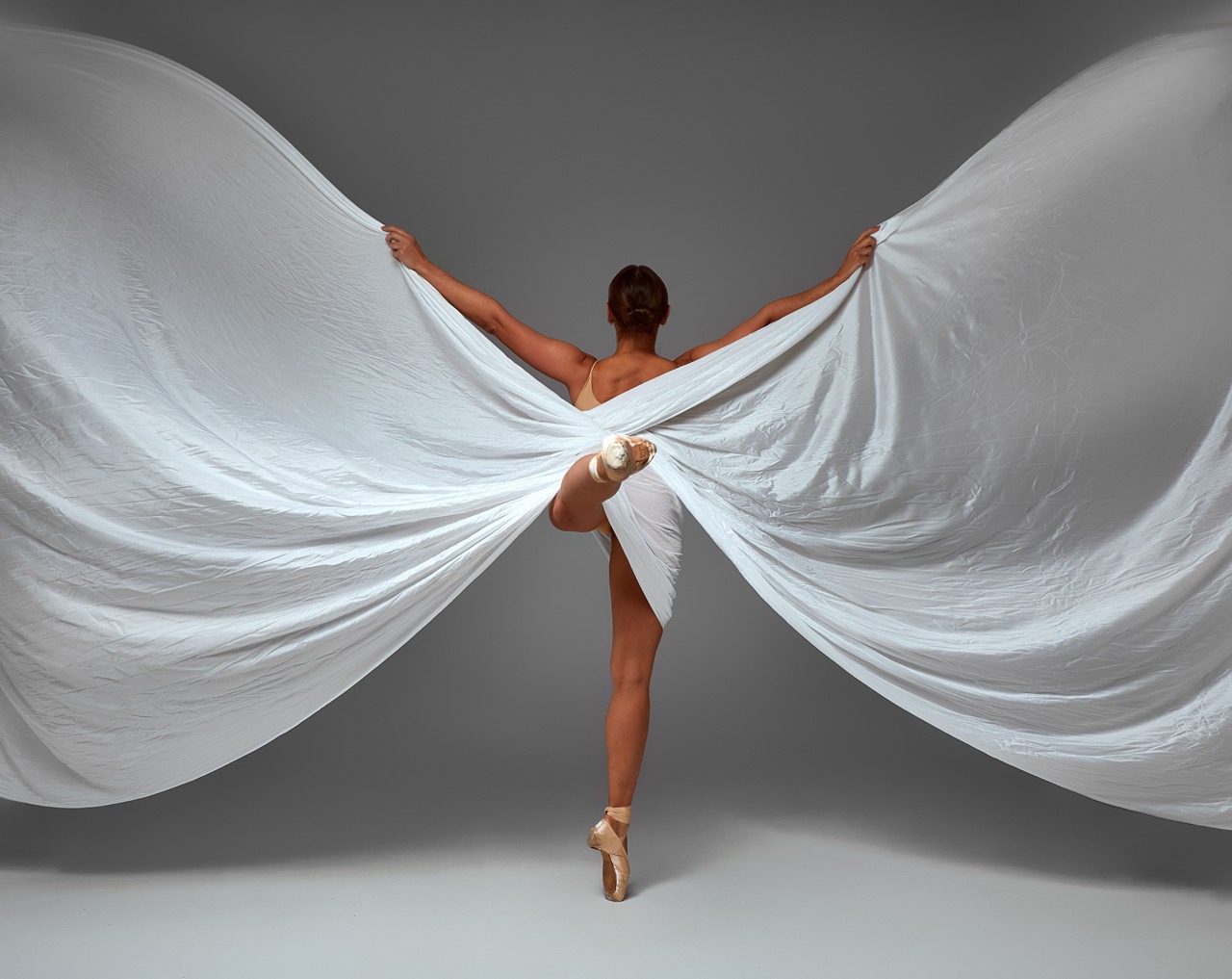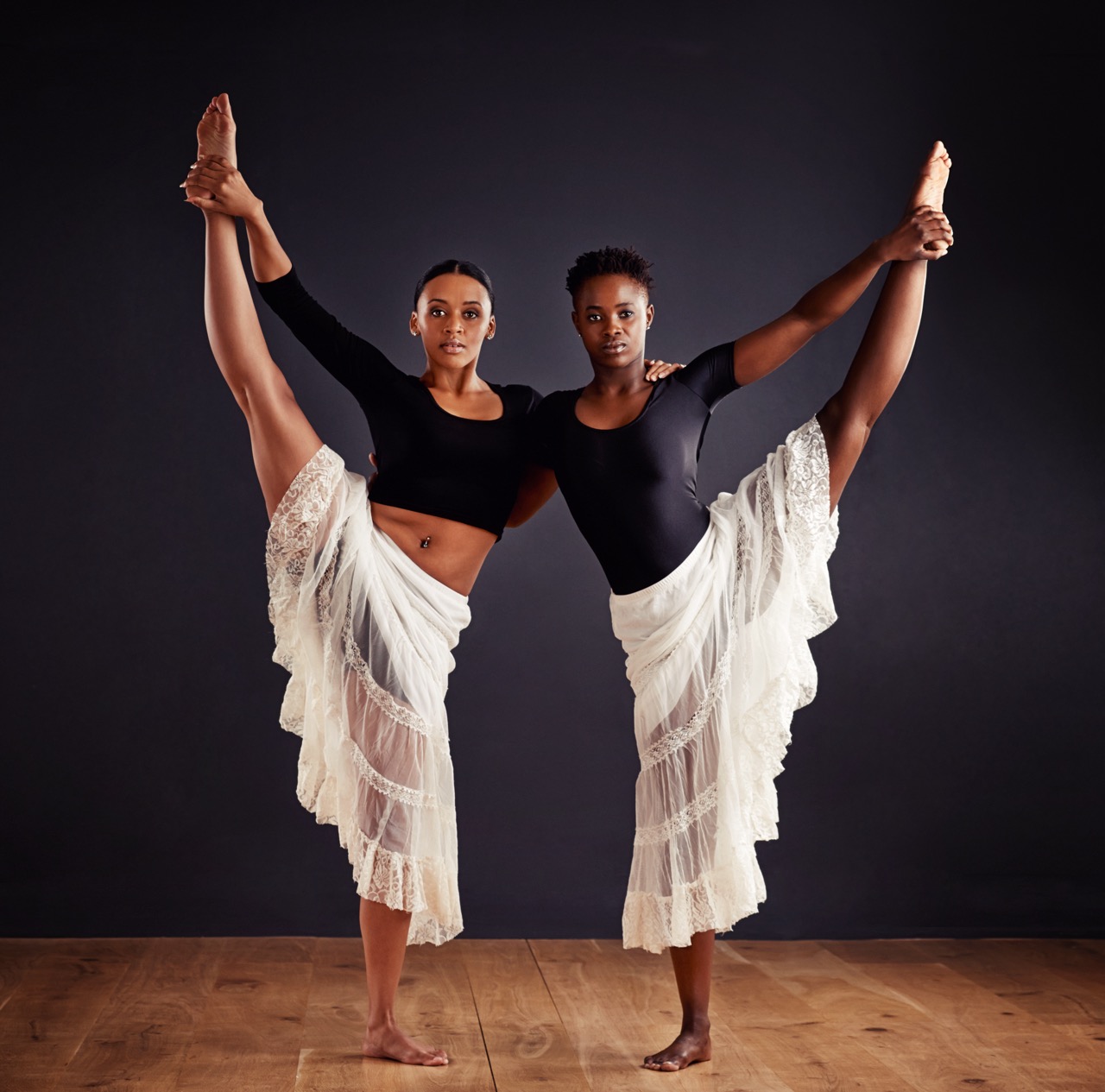In an era where technology seamlessly merges with art, dance has found a new canvas in virtual reality (VR) and video games. No longer confined to stages and dance floors, movement has transcended physical boundaries, exploring new realms of expression and innovation. The incorporation of dance into these digital platforms has not only transformed the way we interact with games but has also redefined the nature of performance art itself. In this article, we delve into the multifaceted role of dance in virtual environments, examining how it enhances storytelling, gameplay, and user engagement.
Dance Moves Beyond Reality: The Fusion of Art and Tech
Dance, as an art form, has always been rooted in physical expression. However, with the advent of virtual reality and video games, it has evolved into a dynamic interplay between creativity and technology. The immersive nature of these platforms allows dancers and choreographers to push the boundaries of their art, crafting experiences that were previously unimaginable. VR technology enables users to engage with dance in a multi-dimensional space, where movements can be projected, manipulated, and explored from every angle, creating a new paradigm for artistic movement.
Moreover, the fusion of dance with technology extends beyond mere visuals. Motion capture technology captures the nuances of human movement, translating physical expressions into digital avatars that can perform intricate choreography. This process not only preserves the essence of dance but also allows artists to experiment with styles and forms that may be challenging to achieve in the physical world. The collaborative nature of this fusion opens the door for interdisciplinary projects that involve not just dancers, but also designers, programmers, and visual artists, resulting in rich, layered experiences.
As digital platforms continue to evolve, the potential for dance as a form of interactive storytelling expands exponentially. Artists are beginning to explore how dance can convey narratives within a digital framework, utilizing movement as a language of its own. This blend of art and technology not only captivates audiences but also invites them to become active participants in the creative process, fostering a deeper connection with both the art form and the technology itself.
From Controllers to Choreography: Dancing in Digital Worlds
In traditional gaming, players often engage with controllers to navigate character movements. However, the introduction of motion-sensing technology has revolutionized this interaction, transforming gameplay into a full-body experience. Dance games, such as “Just Dance” and “Dance Central,” have popularized this concept by allowing players to mimic choreography and receive real-time feedback. This shift from passive to active participation not only enhances the gaming experience but also encourages physical activity, making dance an integral part of the gaming landscape.
Virtual reality takes this interaction to an entirely new level. With VR headsets and motion tracking, players can immerse themselves in digital worlds where they can interact with their surroundings through movement. This allows for a more fluid and natural way to experience dance, as players can explore intricate choreography in immersive environments. The ability to feel as though they are truly dancing within a virtual space enhances player engagement, making the experience more thrilling and visceral.
As developers continue to innovate, the potential for dance within gaming expands even further. Future titles may incorporate advanced AI algorithms that adapt and respond to players’ movements, creating a personalized dance experience that evolves with each interaction. This shift could lead to the emergence of entirely new genres of games focused on dance, where players engage not only with choreography but also with the emotional essence that dance embodies.
Immersive Experiences: How Dance Transforms Gameplay
The integration of dance into virtual reality and video games transforms the very fabric of gameplay. Immersive experiences allow players to embody their characters, giving them the agency to express themselves through movement. This sense of presence enhances the emotional connection to the game, allowing players to experience joy, frustration, and exhilaration in ways that static interaction cannot replicate. Dance becomes a vehicle for expression, offering players a unique means to navigate through both the narrative and the mechanics of the game.
Furthermore, dance encourages social interaction in gaming spaces. Multiplayer dance games provide opportunities for players to share experiences, collaborate, and compete, fostering a sense of community among participants. Virtual dance-offs and collaborative choreography sessions create an atmosphere where players can connect over a shared love of movement, breaking down barriers and building friendships across the globe. This interactive dimension reinforces the idea that dance is not just an individual pursuit but a communal experience that thrives within collective spaces.
The educational aspect of dance in gaming should not be overlooked either. Many platforms incorporate tutorials and guided experiences that teach players about various dance styles, movements, and techniques. This further enriches the gaming experience, allowing players to develop their skills while engaging with the content. By combining fun with learning, dance-based games contribute to a holistic approach to gameplay, appealing to both casual gamers and aspiring dancers alike.
The Future of Dance: Innovation in VR and Gaming Landscapes
As technology continues to advance, the future of dance in virtual reality and gaming holds immense potential for innovation. Developers are exploring the integration of artificial intelligence and machine learning to create responsive environments that adapt to a player’s movements and preferences. This could lead to personalized dance experiences where the game evolves based on user interactions, creating a unique journey each time a player engages with the platform.
Additionally, the rise of augmented reality (AR) technologies may further blur the lines between the physical and digital worlds. Imagine stepping into your living room and dancing alongside a holographic avatar, with the game seamlessly blending physical space and virtual environments. Such innovations could revolutionize how we perceive dance, making it a more accessible and inclusive experience for everyone, regardless of skill level or physical ability.
Finally, as the gaming community continues to embrace diversity and representation, the future of dance in games will likely reflect a broader spectrum of styles, cultures, and narratives. This inclusivity will not only enrich the experiences of players but also celebrate the global nature of dance itself, fostering a deeper appreciation for its myriad forms. As we look ahead, the fusion of dance, VR, and gaming promises to unlock new realms of creativity, engagement, and cultural exchange.
The role of dance in virtual reality and video games stands as a testament to the power of merging art with technology. As we navigate this evolving landscape, it becomes clear that dance is not merely an add-on but a fundamental aspect of interactive experiences that can deeply impact players and audiences alike. Through immersive gameplay, innovative technology, and a commitment to inclusivity, the future of dance in digital realms is bright and full of possibilities. As creators continue to push boundaries, we can anticipate a thrilling journey where dance transcends reality, inviting us all to join in the rhythm of the digital age.










